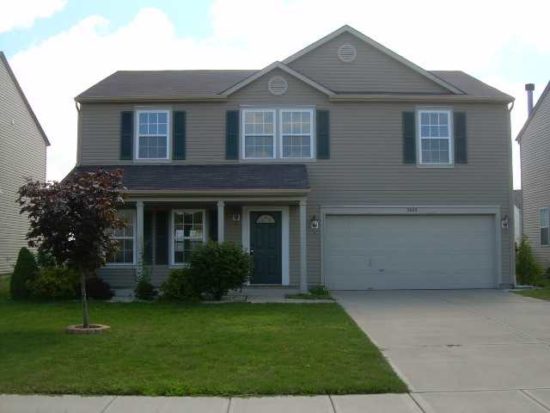
Think about each of these points and consider educating yourself about each of them. These steps will help you to take better care of your home now and in the years to come.
Where the Master Controls Are
As soon as you move into a new home, it is important that you familiarize yourself with the master controls. This may include the electric submeter, gas valve and main water valve. These are very important features that you may rarely need to access, but in a time of emergency, it is critical that you know where they are and how to make adjustments to them without delay. Therefore, if you do not know where these features are in your home, today is the day to educate yourself. They are usually located on the outside of the home or in the basement (if your home has a basement). Be sure you know where these things are.
What is Included in Your Warranty
Many homeowners have a home warranty in place, and there is good reason for this. A home warranty will pay for most of the repair costs on different components to your home. However, the warranty coverage can vary from plan to plan. Some may only have coverage on major components, such as the HVAC system. Other warranties may have coverage on doors, windows, major home appliances and various other features throughout the home. As a homeowner, you will be able to keep your home in better condition and take full advantage of the warranty that you have paid for when you read through the coverage and are aware of what your coverage entails.
The Age of Your Home’s Components
There are numerous major components to a home that each have a different life span. For example, a hot water heater may have a lifespan of approximately 10 years while an asphalt shingle roof may have a lifespan of approximately 20 to 30 years, according to Team Roofing. When you have a newer home, it is easy to know the age of the components, and this is because many or all of them may have never been replaced. However, if your home is more than 10 years old, there is a chance that some of them may have been replaced already. It is important that you know how old your components are, such as the roof, hot water heater, HVAC unit, electrical system, pipes and many other components of your home. It is equally important to know what their life span is so that you can be more prepared to make repairs or a replacement as they reach the end of their useful life. A happy home is a home that you don’t have to worry about anything breaking.
The Cost to Replace the Components
Along this train of thought, it is critical that you also understand the cost to replace each of the components. This is especially true when some of your components are reaching the end of their life. For example, if you have a 20 year old HVAC system, it should not come as a surprise when the HVAC technician recommends a replacement to you rather than more repair work. Ideally, you will have been budgeting for this expense and will be prepared to make the payment when the time comes to replace the components.
Your home is likely one of your largest investments (if not the largest) and you want to keep it well-maintained during the years in which you live there. A warranty may make it easier for you to budget for repairs and to repair your home as needed, but there are other factors to consider as well. For example, you must be prepared to replace major components when the time comes, and you should be aware of where your main valves are for emergency situations. These tips will help you to better protect your home and to keep it in great condition over the years.
Photo: Flickr: deovolenti
Comments